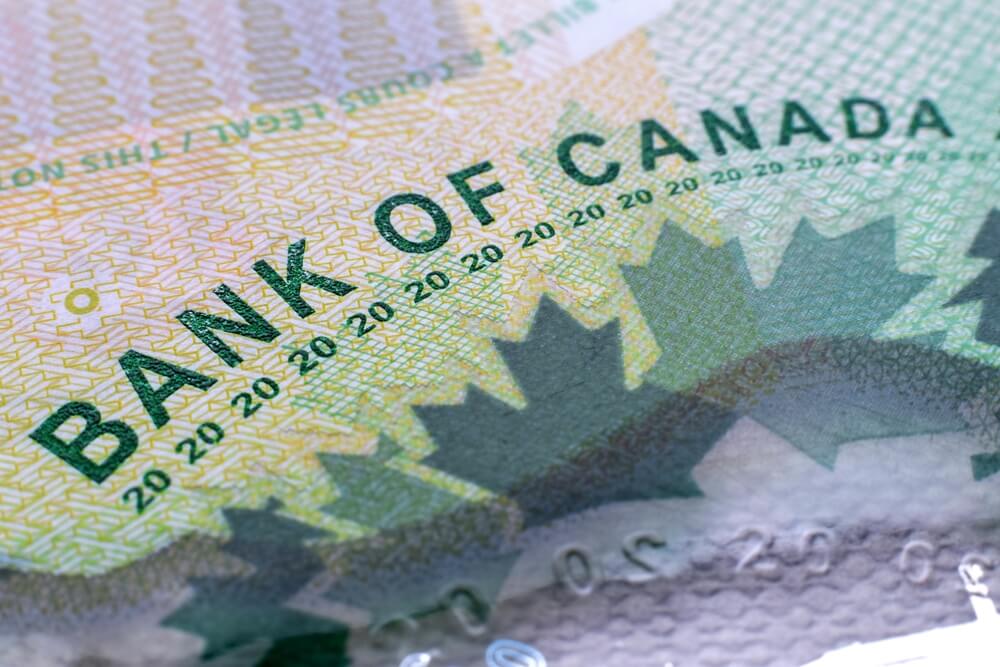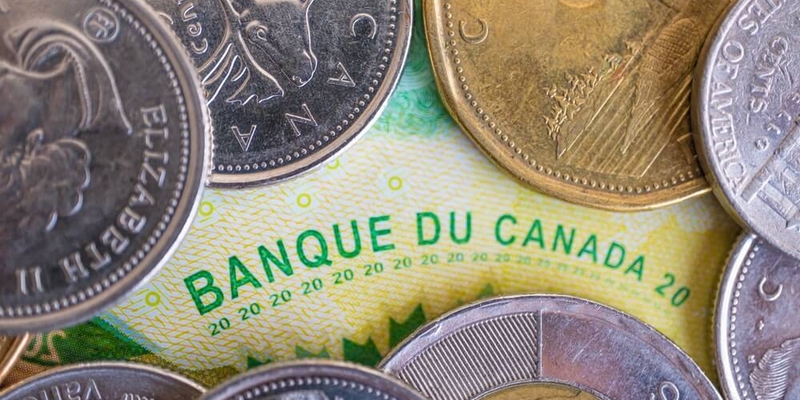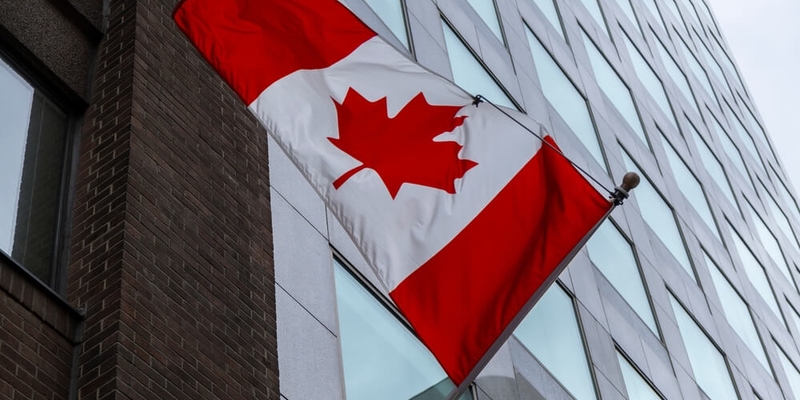Mortgage Default Insurance
Your guide to mortgage default insurance, also known as CMHC Insurance.
Mortgage default insurance
In your rate research you may have come across mortgage rates classified as either “insured” or “uninsured.” There’s a big difference between the two, rate-wise.
For the uninitiated, the insurance being referred to here is mortgage default insurance. Default insurance protects the lender if the borrower defaults. It is required for mortgages where the borrower is putting down less than 20% on a home purchase.
Default insurance can also be purchased by the lender for mortgages with 20% equity or more. Doing this makes the mortgages lower risk, which helps the lender sell that mortgage to investors to generate more capital for future lending.
In some cases, a lender may require the property be default-insured to mitigate risk. That might occur if the property is in a remote location, for example, or if the borrower is qualifying under a special program.
Mortgage default insurance protects the lender, not you
Mortgage default insurance should not be confused with credit life insurance (A.K.A. credit protection insurance or creditor’s insurance). The latter is optional and would pay off some/all of your remaining mortgage balance in the event of death, severe illness, disability or job loss. See more on that here: Credit Life Insurance: Is it Worth it?
Mortgage default insurance, on the other hand, protects the lender in the event the borrower defaults on their mortgage. In that case, the insurer would oversee legal proceedings and payment enforcement and ultimately compensate the lender for any lost interest, lost principal, fees, etc. once the property has been sold.
Mortgage default insurance providers
There are three companies in Canada that sell mortgage default insurance:
- CMHC (a federal government agency and Canada’s largest default insurer in 2020)
- Sagen (formerly Genworth Canada, and Canada’s largest private mortgage insurance provider)
- Canada Guaranty
Mortgage default insurance premiums
Even though the homebuyer is not the one protected by the insurance, he/she is the one who pays the premium on the lender’s behalf.
Here’s a look at CMHC’s current premiums as of March 1, 2021, based on a mortgage’s loan-to-value:
| Loan-to-value | Standard purchase premium |
|---|---|
| Up to and including 65% | 0.60% |
| Up to and including 75% | 1.70% |
| Up to and including 80% | 2.40% |
| Up to and including 85% | 2.80% |
| Up to and including 90% | 3.10% |
| Up to and including 95% of a traditional down payment | 4.00% |
| Up to and including 95% of a non-traditional down payment | 4.50% |
RATESDOTCA Tip: CMHC’s mortgage insurance calculator can estimate the cost of default insurance for your mortgage.
The premium is paid upfront at closing time but is typically rolled into the mortgage amount.
In Ontario, Saskatchewan and Quebec, you pay provincial tax on the mortgage insurance premium. This tax must be paid out-of-pocket when you close your purchase. It cannot be rolled into the mortgage.
Mortgage default insurance restrictions
Borrowers requiring mortgage default insurance are bound by certain rules and restrictions. These limits have been introduced by the federal government and regulators over the years. They include:
- Default-insured mortgages are required for almost everyone making a down payment of less than 20% (one exception is if you choose private financing, which entails a much higher interest rate).
- Availability is limited to homes valued under $1 million. For homes over this threshold, the buyer must put down at least 20%.
- The maximum amortization for default-insured mortgages is 25 years. A maximum amortization of 30 years (sometimes 35-40 years through small lenders) is available on uninsured mortgages.
In July 2020, CMHC changed its underwriting policies related to default-insurance. That made it harder for certain mortgage applicants to qualify at CMHC. The changes involved:
- The maximum gross debt service (GDS) ratio dropping from 39 to 35.
- The maximum total debt service (TDS) ratio dropping from 44 to 42.
- The minimum credit score rising from 600 to 680 (for at least one borrower)
- A ban on down payments borrowed from unsecured sourced.
Despite pressure from CMHC, the two private insurers did not adopt these new guidelines, which ultimately cost CMHC market share.
Ready to find a mortgage for your dream home?
See and compare the best mortgage rates in Canada.








